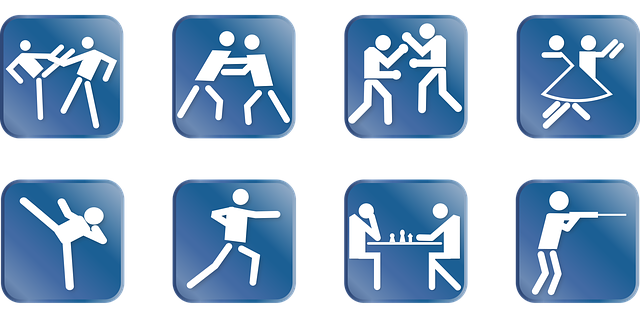################
When stepping into the dojo, the discipline of karate transcends mere movement; it’s a tradition steeped in both form and function. A key aspect of this martial art is the attire, which not only respects its roots but also serves a practical purpose. This article delves into what constitutes proper karate clothes, from the essential components of traditional and modern outfits to the specific karate equipment needed for safe and effective training. We’ll explore the Gi’s role, the necessity of protective gear, appropriate footwear choices, and indispensable accessories like belts and headgear. Whether you’re a novice or an experienced practitioner, understanding karate attire is crucial for honoring the sport’s heritage while optimizing your performance.
- Understanding Karate Attire: The Essential Components of Traditional and Modern Karate Clothes
- Gi: The Quintessential Karate Uniform Explained
- Protection Gear: Ensuring Safety with Karate Equipment for Training
- Footwear for Karatekas: A Guide to the Right Shoes and Socks
- Accessories for Effective Karate Practice: Belts, Headgear, and More
Understanding Karate Attire: The Essential Components of Traditional and Modern Karate Clothes
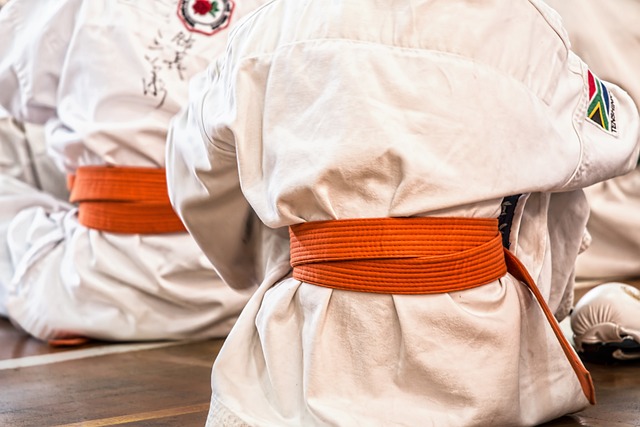
When engaging in the discipline of karate, the practitioner’s attire plays a crucial role in both function and tradition. The garments worn in karate are designed not only to honor the rich history of this martial art but also to facilitate the full range of movements required for effective practice and competition. Traditional karate attire typically includes a gi, which is a white cotton outfit consisting of a jacket and trousers fastened with a belt, known as an obi. The belt itself, or obi, signifies the rank of the practitioner and is tied in a specific manner that varies by level and style. For instance, a white belt denotes a beginner, while higher ranks are indicated by black and various colored belts.
Modern karate attire may incorporate additional elements to cater to the needs of contemporary training methods and safety regulations. This includes specialized karate equipment such as protective gear for sparring, which can encompass padded gloves, footwear, gum shields, and headguards. These items are essential for practitioners who participate in kumite (sparring) to prevent injury during practice. Furthermore, some karateka may choose to wear moisture-wicking fabrics or designs that offer more flexibility and comfort during high-intensity workouts. Regardless of whether one opts for traditional or modern karake equipment needed, the attire should adhere to the guidelines set forth by the specific style of karate being practiced, ensuring both respect for tradition and readiness for rigorous training.
Gi: The Quintessential Karate Uniform Explained
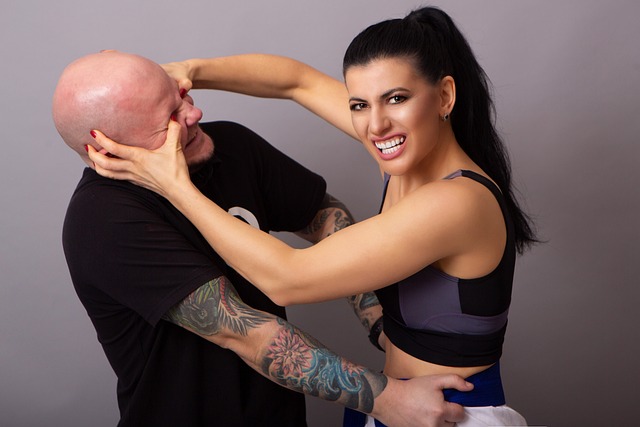
When engaging in the practice of karate, one of the most fundamental pieces of equipment a practitioner needs is their karate gi. This traditional uniform is not merely a garment; it represents the essence of respect and discipline inherent in the martial art. The gi is a two-piece ensemble consisting of a jacket, known as an uwagi when worn over the belt (obi), and trousers, or nuki-hakama for those who have earned a black belt. Constructed from heavy cotton or hemp fabric, the gi’s design facilitates ease of movement while offering durability during training sessions. The uniform’s crisp lines and simple elegance reflect the minimalist philosophy that underpins karate, emphasizing functionality over flamboyance. Karateka (practitioners) worldwide don this garb as a symbol of their dedication to the discipline, making the gi an indispensable component of the karate experience. When selecting your own gi, it’s important to consider the materials, fit, and durability to ensure you have the appropriate karate equipment needed for your practice, whether in a dojo or for competition. Properly maintained, a well-fitting gi can serve as a consistent reminder of one’s commitment to the art of karate.
Protection Gear: Ensuring Safety with Karate Equipment for Training
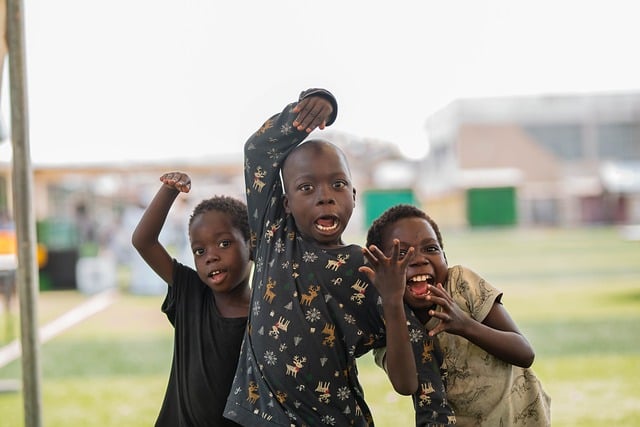
Engaging in karate requires a comprehensive approach that includes not just the mastery of techniques but also prioritizing safety. Adequate protection gear is essential for Karateka during training to ensure their well-being and prevent injuries. The karate equipment needed for safe practice typically consists of a gum shield or mouthguard, protective gloves, hand pads, shin guards, and a groin guard for men. These items are designed to cushion impact and absorb the shock of strikes and kicks, reducing the risk of bruises, fractures, and more severe injuries. The choice of protective gear also depends on the intensity of the training, with heavier pads and guards recommended for higher-intensity contact sessions. Properly fitted equipment not only protects the practitioner but also allows for a more focused training session, as the athlete’s concentration is less likely to be disrupted by pain or injury. Investing in quality karate equipment needed for protection is a critical aspect of a Karateka’s regimen, ensuring that they can practice with confidence and dedication.
Footwear for Karatekas: A Guide to the Right Shoes and Socks
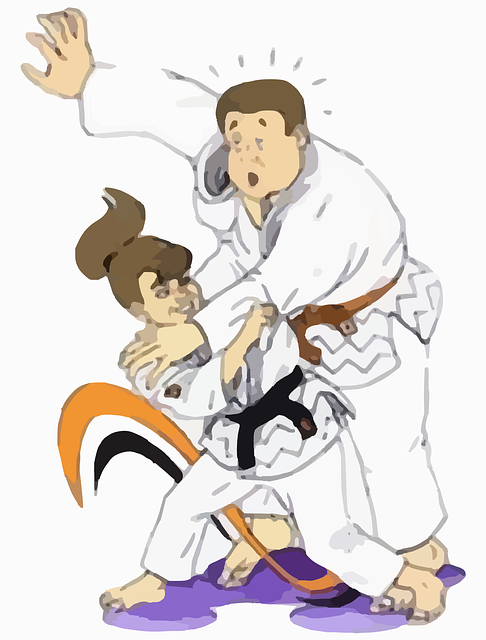
When engaging in Karate, selecting appropriate footwear and socks is crucial to ensure safety, comfort, and optimal performance. Karatekas require specialized equipment that accommodates the dynamic movements and specific demands of the martial art. Proper shoes provide the necessary grip and support on various surfaces, allowing for precise execution of techniques like kicks and stances. Traditionally, karate is practiced in flat-soled training shoes or dojos, which minimize the impact on the floor and provide a stable base for movement. These shoes are designed to prevent slipping, which is essential during high-intensity training sessions. Additionally, the right socks play a significant role; they should be thin enough not to bunch up within the shoes but cushioning enough to absorb the shock of impact during practice. Moisture-wicking materials are recommended for socks to keep feet dry and prevent blisters. For outdoor training or sparring, Karatekas might opt for specialized karate footwear with more durable soles and additional ankle support. Regardless of the type of shoe chosen, it is imperative that the fit is snug but not restrictive, allowing for a full range of motion in the feet and ankles, which are integral parts of Karate technique execution. In selecting karate equipment needed, prioritizing quality and comfort will contribute to a more enjoyable and productive training experience.
Accessories for Effective Karate Practice: Belts, Headgear, and More

################
################
